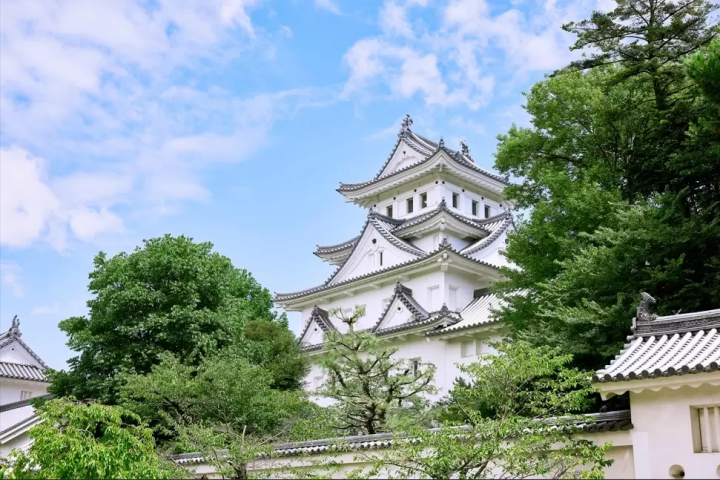Tokyo Gyoza: 5 Restaurants With Delicious Dumplings

Besides chain restaurants like Gyoza no Ohsho and Osaka Ohsho, Tokyo boasts many highly reviewed gyoza restaurants. We introduce five gyoza eateries that were tried and tested by MATCHA and delve into why dumplings are so beloved by international visitors and the Japanese.
Gyoza, also called dumplings or pot stickers, are a widely loved dish in Japan. Gyoza no Ohsho or Osaka Ohsho are chain restaurants where you can try this dish along with ramen and other side dishes.
But there are also gyoza specialty restaurants that bring an original twist to their dishes, showing how much variety and creativity there is in making gyoza. We introduce five popular gyoza restaurants in Tokyo that will amaze you with their delicious dumplings!
Gyoza Restaurants in Tokyo
1. Chinese Home Cooking Restaurant Nihao in Kamata
2. Dekkai Gyoza Sosan no Mise in Yoyogi
3. Meat Gyoza Dandadan in Chofu
4. Gyoza no Osama in Asakusa
5. Utsunomiya Gyoza Kaikan in Asakusa
Gyoza: Popular All Over the World
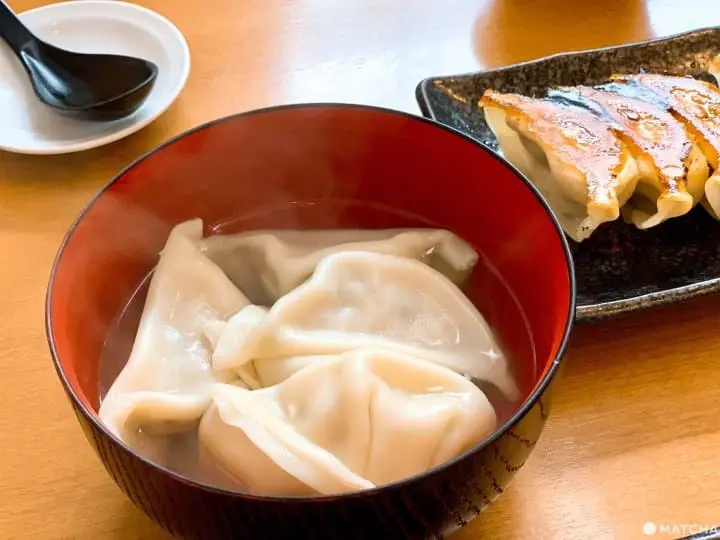
While gyoza dumplings originated in China, Japan has developed a unique food culture around them. In Chinese cuisine, there are boiled and pan-fried varieties that are often consumed as a main dish, along with snack varieties like steamed dumplings, xiaolongbao (soup dumplings), pan-fried buns, and fried dumplings.
On the other hand, in Japan, gyoza dumplings are typically served as a side dish, commonly paired with ramen, fried rice, or even eaten with a bowl of plain rice. The types of Japanese gyoza include pan-fried dumplings, "hane" gyoza (dumplings with crispy wings), fried dumplings, pot stickers, and boiled dumplings.
Among these, pan-fried dumplings are the most popular, characterized by a thin, crispy golden crust, filled with fresh chives and juicy minced pork, a combination that has everyone willing to queue up for a taste.
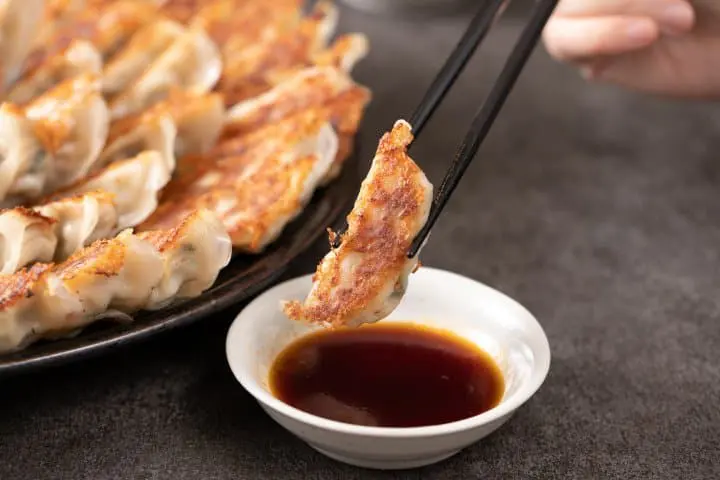
Japanese gyoza are not only a national favorite but also vary in taste and preparation across different regions of the country. However, because most ramen shops offer gyoza dumplings as a menu option, food lovers in Europe and America who enjoy Japanese cuisine have started to become familiar with dumplings as well.
Due to their approachable pricing and intriguing nature, gyoza specialty shops have even appeared in major cities like Paris and London.
The Story Behind Gyoza no Ohsho and Osaka Ohsho
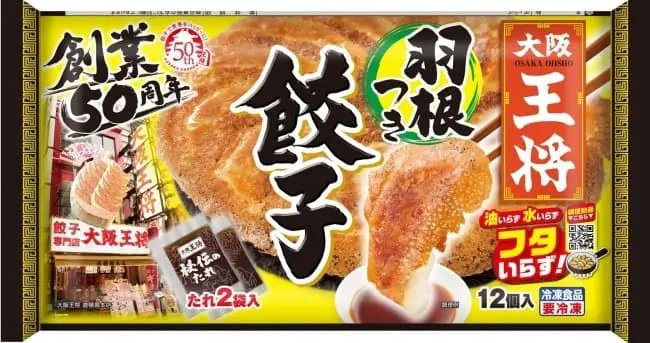
Picture courtesy of PR Times
The names Gyoza no Ohsho and Osaka Ohsho do sound quite similar, don't they? In fact, there is a deep-rooted story behind these two chain restaurants.
Gyoza no Ohsho originates from its parent company in Kyoto while Osaka Ohsho was established by relatives of the founders of Gyoza no Ohsho and operated independently in Osaka.
Osaka Ohsho later expanded its operations to Kyoto, leading to overlapping customer bases due to the similarity in the dishes they offered.
This move made Gyoza no Ohsho realize the seriousness of the situation and they decided to address it through legal means. Eventually, a settlement was reached where all the outlets that branched out from Gyoza no Ohsho had to be collectively named 'Osaka Ohsho' to end the dispute.
1. Chinese Home Meal Restaurant Nihao: Excellent Hane Dumplings!
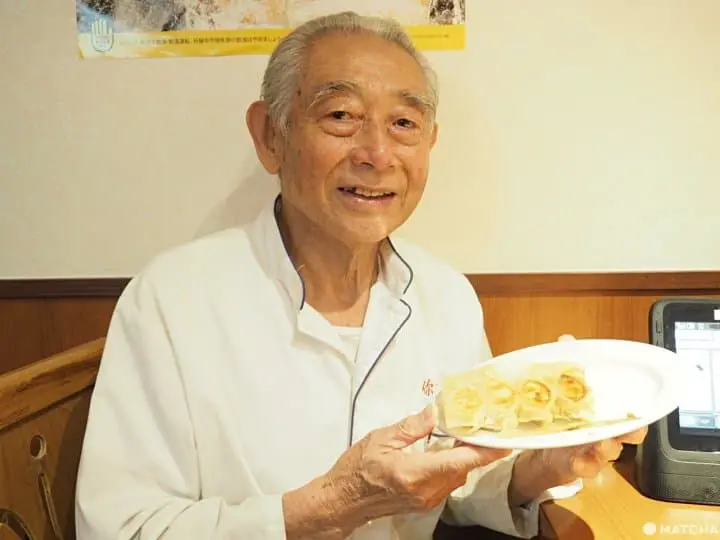
Nihao was founded by a Chinese cook who is now over 80 years old. The pan-fried and boiled dumpling skins are handmade separately every day.
The filling consists of only scallions, cabbage, and pork belly, with each bite bursting with rich meat juices. To savor this exquisite traditional flavor, a plate costs only 300 yen!
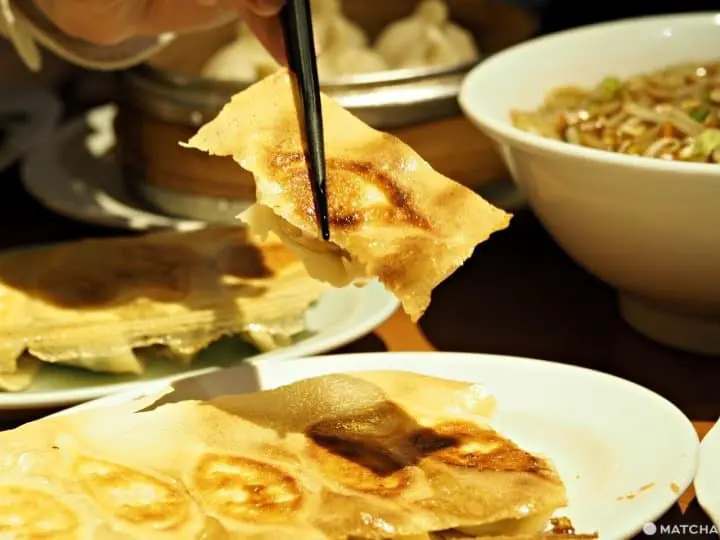
The so-called 'hane' dumplings have a crispy thin layer outside the dumpling, resembling wings as if the dumplings could fly, hence the name. It is said that the progenitor of the 'hane' dumplings can be traced back to this shop.
The elderly gentleman wanted to share the delicious charm of the dumplings from his hometown of Dalian with his Japanese friends. After numerous attempts, he invented this seemingly simple yet intricate 'hane' dumpling.
↑ Return to the top of article.
2. Dekkai Gyoza Sosan no Mise in Yoyogi: Juicy Dumplings with Thick Skin
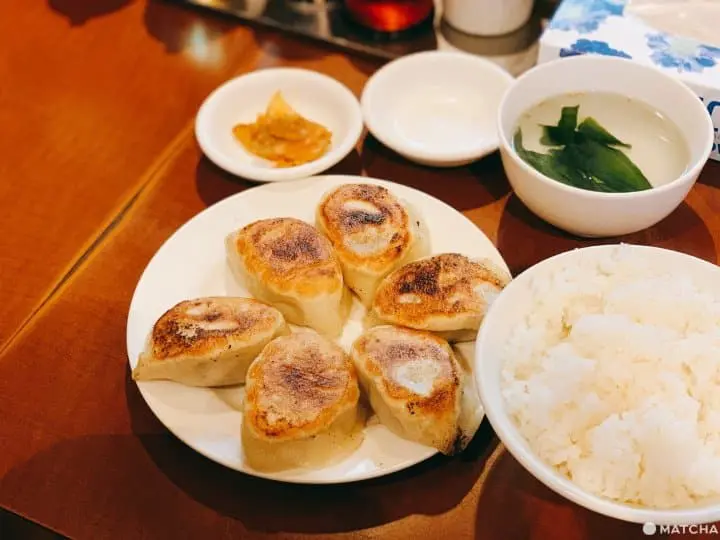
At midday during weekdays, Sosan no Mise is almost filled on the first floor. The standout feature of the gyoza dumplings here is their large size and juicy filling.
Inside the shop, there is a considerate sign on the wall that reads 'Dumplings may squirt juice, please be careful of burning your mouth.'
Taking a cautious bite, the thick and chewy skin complements the perfect balance of sweetness and saltiness from the ginger, chives, scallions, and onions. The flavors are satisfying even without additional soy sauce.
It's recommended to pour the meat juices over a bowl of rice for an extra delightful experience! (Gyoza set meal: 650 yen)
↑ Return to the top of article.
3. Meat Gyoza Dandadan: Juicy Fried Gyoza
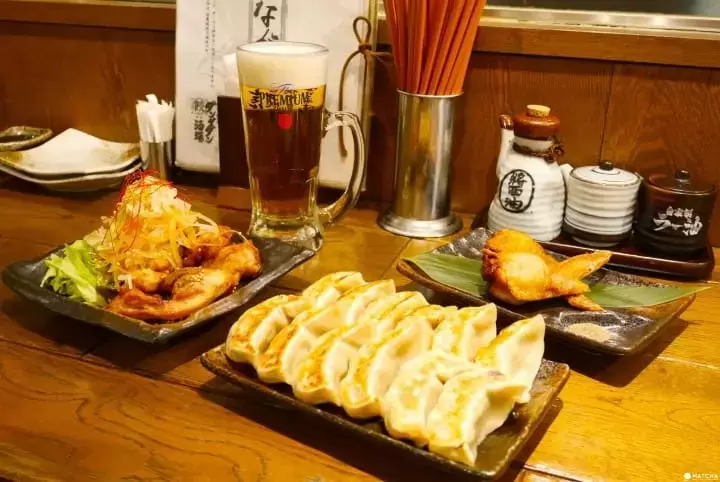
Dandadan, also known as Nikujiru Gyoza Dandadan, is an izakaya bar whose food menu centers around gyoza dumplings and fried chicken.
In Japan, gyoza are seen as a side dish, but the owner of Dandadan opened the first store in Tokyo's Chofu City out of the wish to have a place where you could enjoy gyoza as the main dish alongside a couple of drinks. Currently, there are over 50 Dandadan stores in Tokyo and Kanagawa.
The Original Juicy Fried Gyoza (440 yen/person) is their most popular dish. The gyoza skin is made with whole wheat flour, and the filling contains high-quality pork. The savory broth that emerges from the juicy center fills your mouth, and pairs with the sweetness of the pork.
Other popular dishes are the gyoza chicken wings (470 yen), which go great with beer, and the Chinese-style fried chicken (690 yen), which is coated with an original sauce for a refreshing taste.
↑ Return to the top of article.
4. Gyoza no Osama: Known by Every Asakusa Resident
Established in 1954, this is the first long-standing establishment to start selling gyoza dumplings in Asakusa, making it an irreplaceable neighborhood delicacy for local residents.
Currently run by the third generation, the interior decor and menu boards exude a retro ambiance.
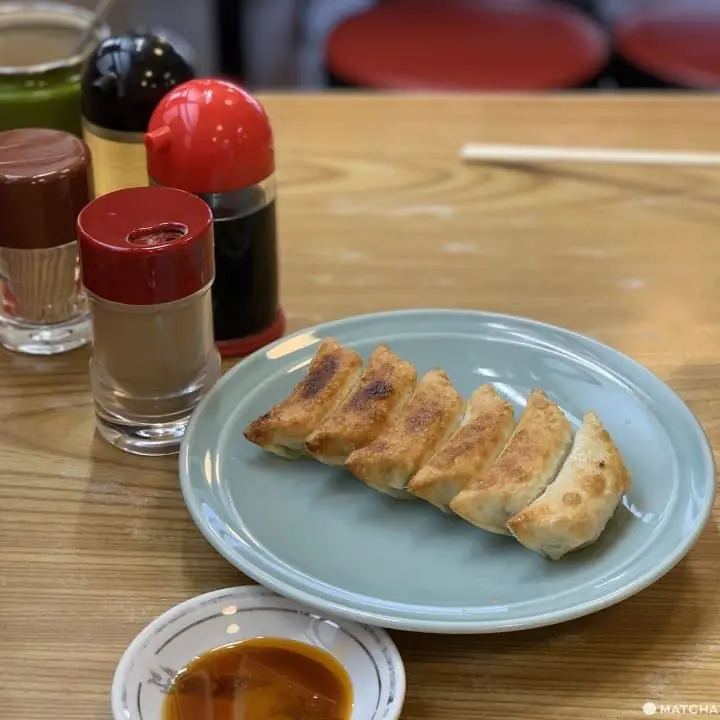
A must-try here is the Gyoza no Osama menu, made with skin dough provided by a noodle factory they have been collaborating with since the beginning. These gyoza are freshly molded and pan-fried, with more vegetables than minced meat, reducing the cooking time to less than two minutes.
The skin is both elastic and crispy, and the blend of Chinese cabbage, chives, garlic, and a small amount of minced pork harmonizes well, allowing you to quickly finish a plate. (420 yen/plate)
↑ Return to the top of article.
5. Utsunomiya Gyoza Kaikan in Asakusa: Everyone's Favorite Gyoza Place!
Utsunomiya is one of the cities famous for gyoza dumplings. This is attributed to the fact that during the war, the Japanese Army was stationed in Manchuria where they encountered and later introduced dumplings to various regions upon their return.
Additionally, Tochigi Prefecture, where Utsunomiya is located, is known for its abundant production of an essential ingredient for making dumplings - chives. Consequently, dumplings have become the most familiar home-cooked dish for the residents of Utsunomiya.
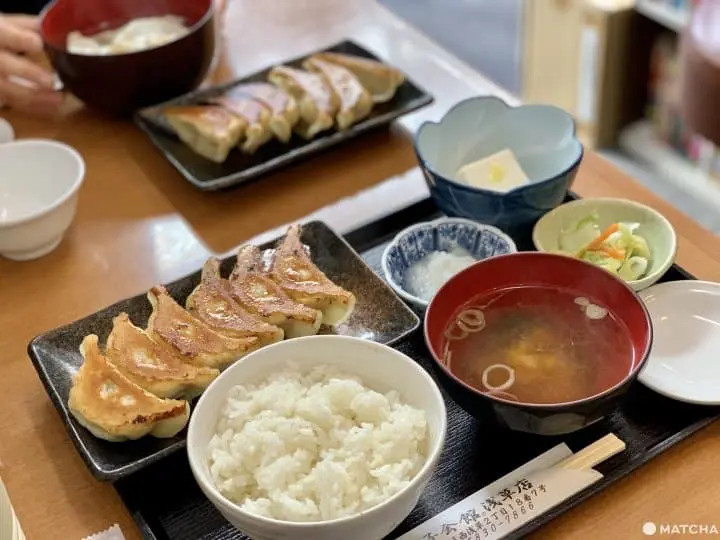
This Asakusa restaurant is a branch of the Gyoza Kaikan located in Utsunomiya. The Utsunomiya dumplings are known for their chewy skins and generous vegetable filling, offering a fresh and sweet flavor that melts in your mouth.
We ordered the set meal, which came with miso soup, fresh appetizers, cold tofu, and rice, all for just 660 yen, providing a satisfying and filling meal.
↑ Return to the top of article.
Enjoy Gyoza in Tokyo
We hope that our list made you curious and you'll try gyoza in Tokyo. Do visit the shops above to enjoy gyoza flavors that Japan has uniquely developed!








































![[2025 Update] From Kansai Airport to Namba - Recommended for travelers with large luggage! Travel comfortably by bus](https://resources.matcha-jp.com/resize/720x2000/2025/10/25-248088.webp)
![[ Naruto City, Tokushima Prefecture ] Experience the world's largest whirlpools up close on a sightseeing boat at the Spring Whirlpool Festival!](https://resources.matcha-jp.com/resize/720x2000/2025/02/05-222727.webp)

![Deep dive into Japanese brands! A tour of famous leather shoe stores with GENSEI & Nin [Madras Edition]](https://resources.matcha-jp.com/resize/720x2000/2025/12/17-253129.webp)
